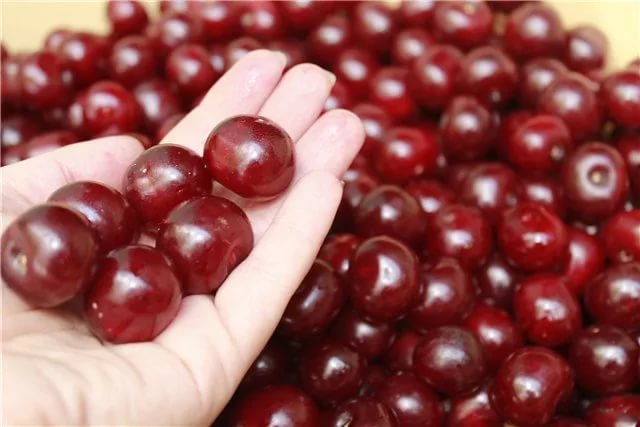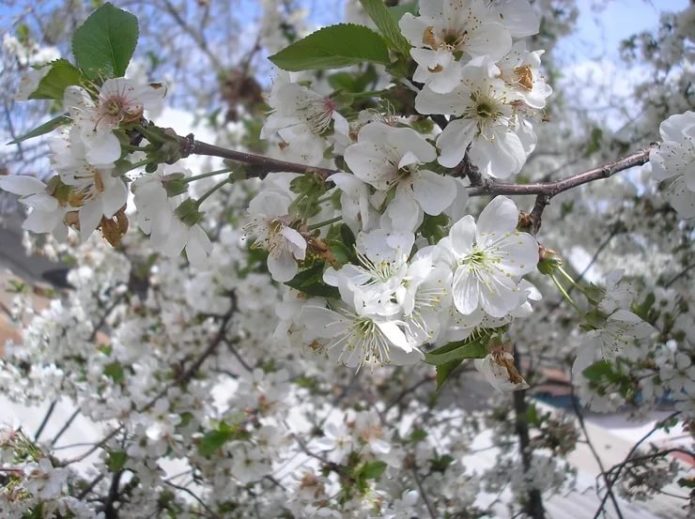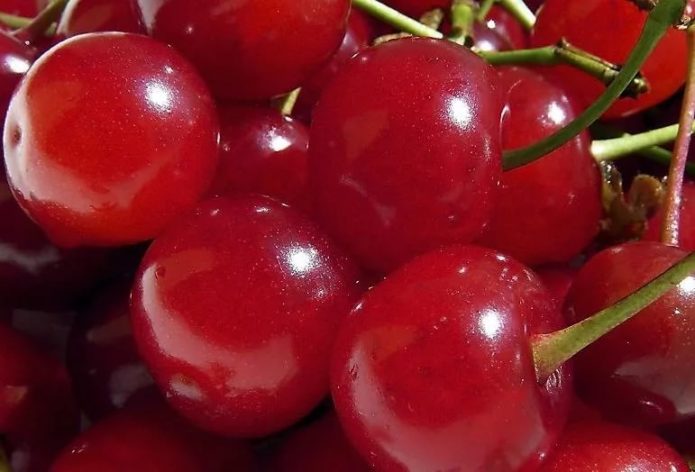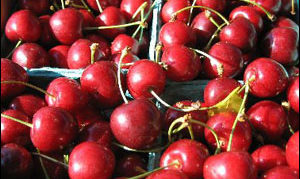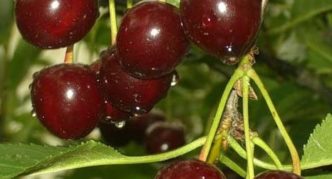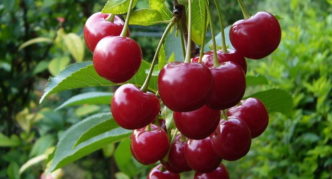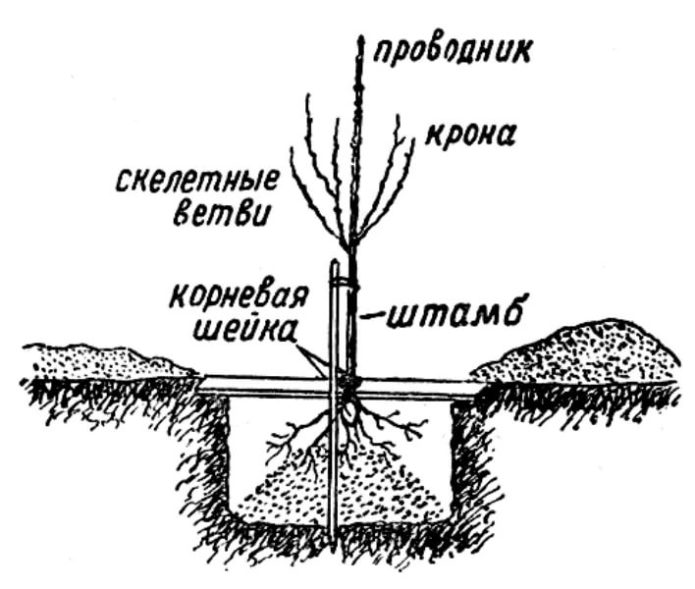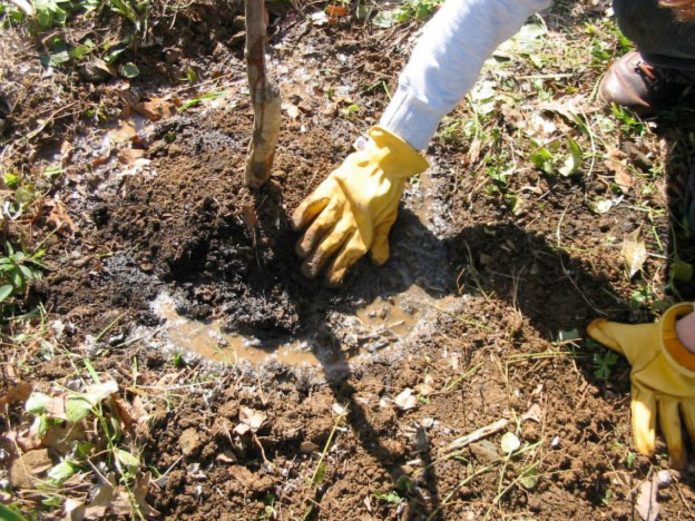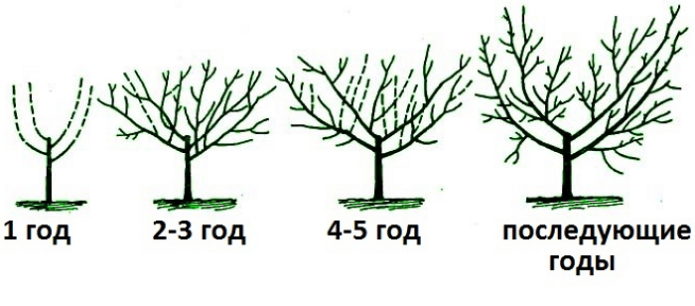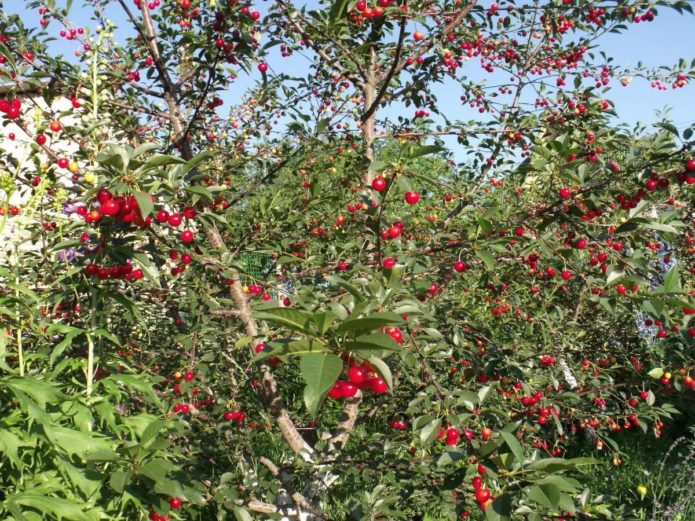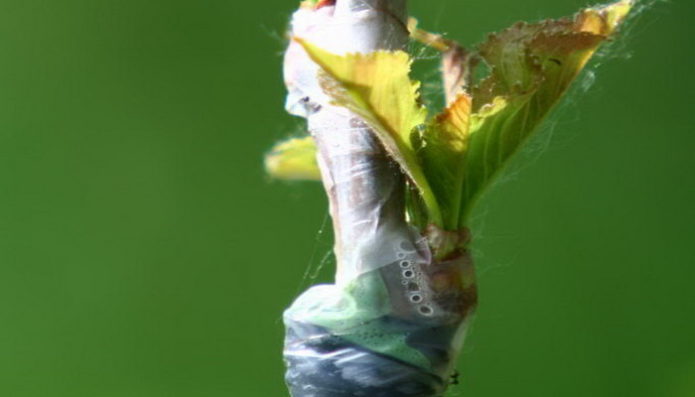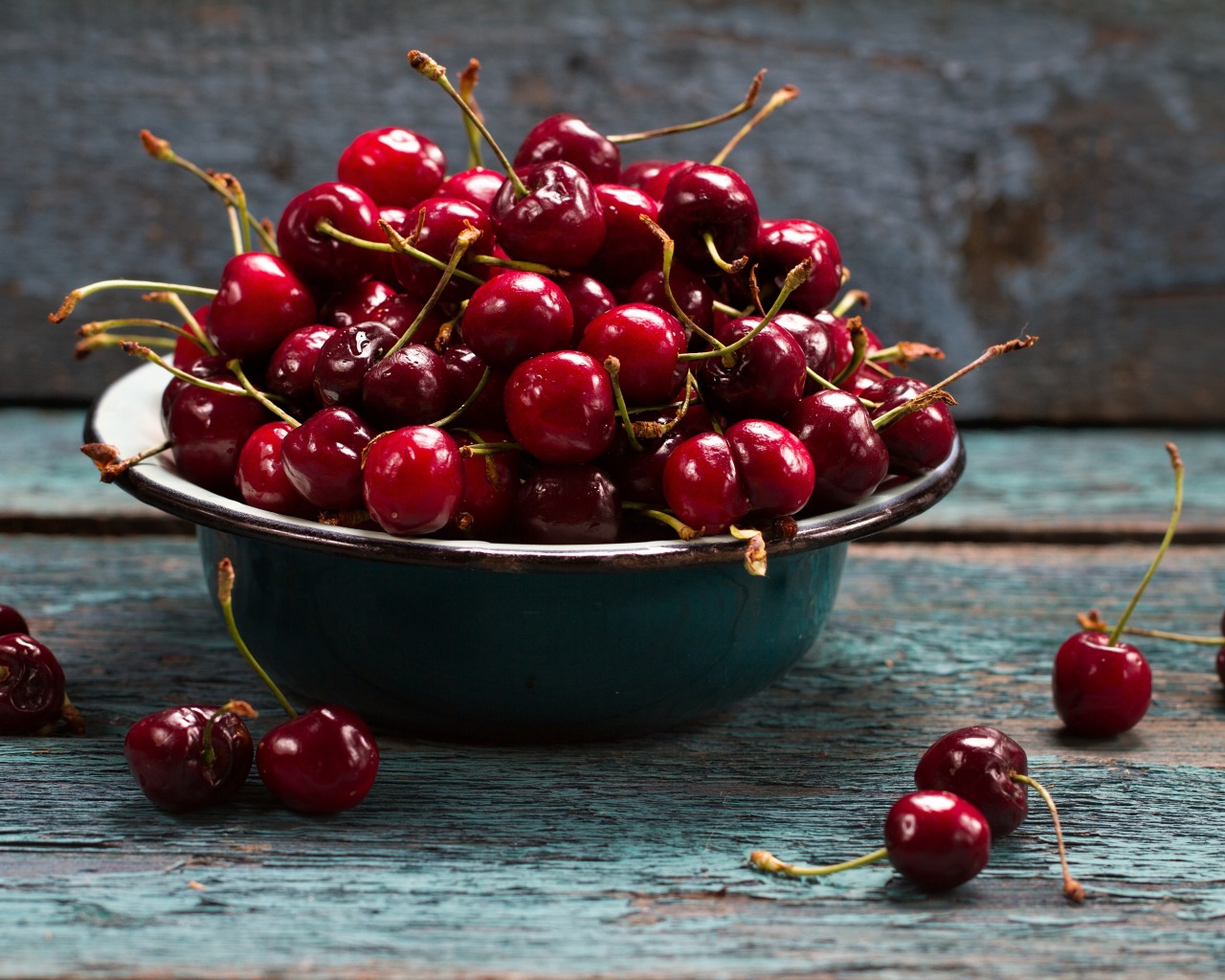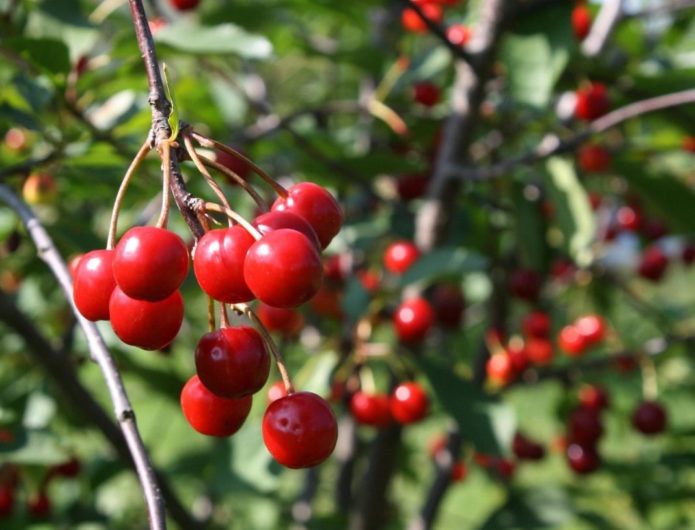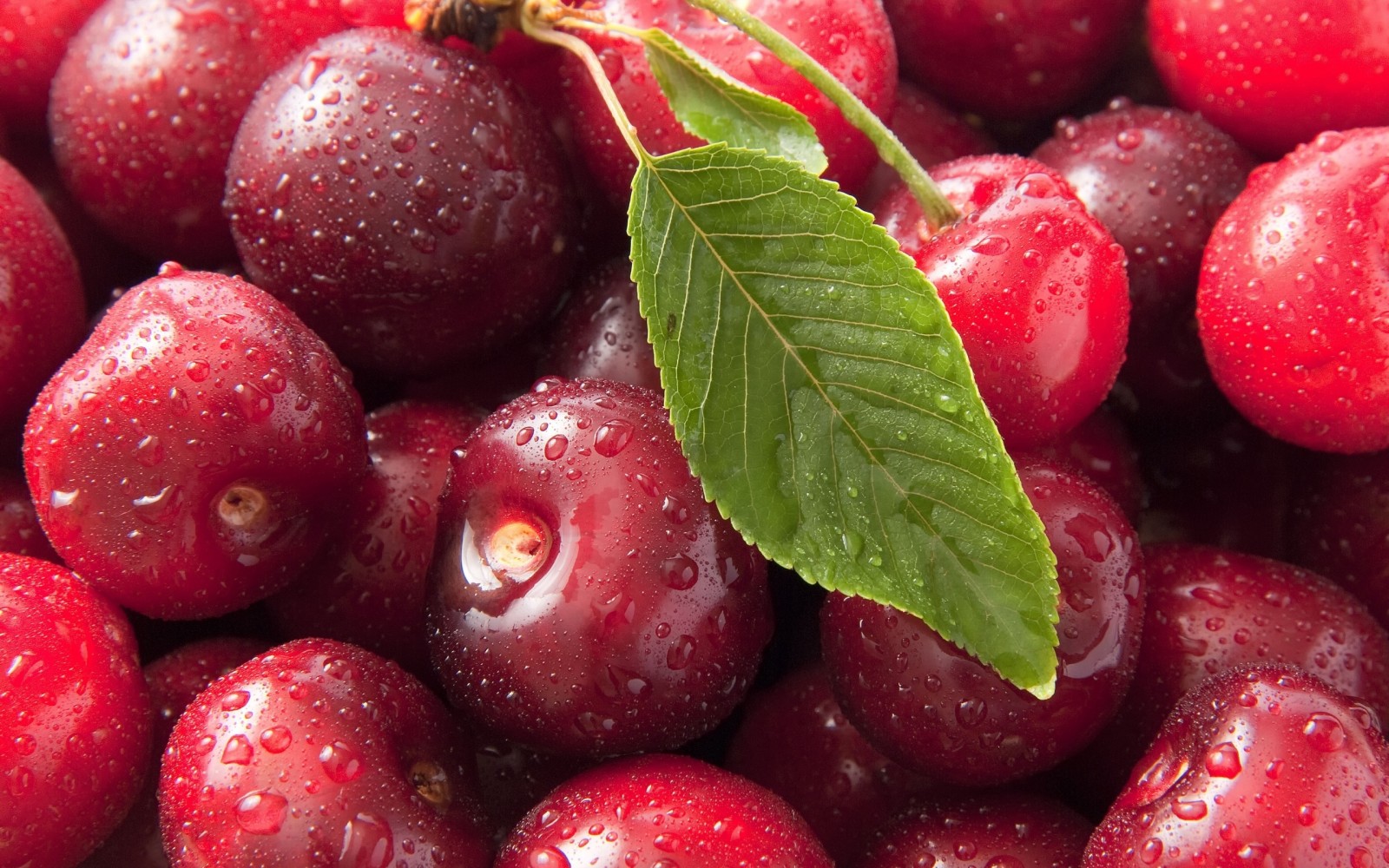Something hot, sultry emanates from the name of the Shpanka cherry variety. Spain is encrypted in it, the color of the berry resembles the blood of bulls wounded in the bullfight, the sweet taste with a pleasant sourness brings back memories of passionate Carmen. A rare garden in the south does without spreading trees, giving light shade and a harvest of extraordinary juicy berries.
Content
The history of the emergence of the Shpanka variety
It is known that cherries originated from sweet cherries. Both have their advantages. But hybrids of cherry and sweet cherry turned out to be even better, it is not for nothing that they were called dukes. "Duke" means duke, and the status of the resulting hybrids is noble, corresponding to their particular qualities.
It remains a mystery, as a result of crossing which varieties of cherries and cherries, Shpanka turned out, who called it a successful hybrid, but according to descriptions, Shpanka has been known in Ukraine for more than two hundred years. Thanks to its excellent taste, yield and disease resistance, the Shpanka cherry variety triumphantly spread further to the south of Russia and Moldova. Shpanka also reached Central Asia. The work of breeders on the zoning of Shpanki does not stop, the Shpanka Bryansk variety has already been registered in the State Register.
Description of the variety
The tree is tall, it can reach six meters, however, trees up to ten meters high are also described, which makes it difficult to care for the variety and harvest. The crown is wide, round, not very dense and leafy. Thin, brittle, like all cherries, the shoots extend from the trunk at right angles. Leaves are oval, large, more reminiscent of cherry. The flowers are white, collected in inflorescences of two or three. The anthers of the stamens rise above the stigma of the pistil, but the variety is partially self-fertile. Needs pollinators.
Fruits are large, the average weight of berries is 4–5 g. The skin is slightly lighter than cherry, with a barely noticeable ventral seam. The berries are slightly flattened in shape, easily separated from the stalk. The pulp is very juicy, lighter than the skin, sweet and sour. The bone is easily detached. The taste depends on where the tree grows: the more light and heat, the sweeter the berry. The fruits do not tolerate transportation well and do not lie for a long time. They are used fresh, in homemade preparations and for making excellent wine.
Spanka blooms early, so the harvest suffers from return frosts in spring, although the tree calmly tolerates winter frosts down to -30 ° C. Blossoming spanky falls in May. The fruits ripen in June or early July. After ripening, the berries fall off, so you need to harvest on time.
Spank is not a fast-growing variety. Begins to bear fruit in the fifth or sixth year, gradually increasing the yield. Fruiting is stable. The maximum yield is given by cherries between the ages of fifteen and twenty. The average yield of mature trees is 40 kg of berries, the maximum reaches up to 60 kg per tree. Trees usually do not live for more than 25 years.
Due to the partial self-fertility of the variety, in order to increase yields, it is recommended to plant pollinators: Brunetka, Griot Ostgeimsky, Lyubskaya or any other varieties of cherry or sweet cherry that coincide with Shpanka in terms of flowering.
To attract bees, flowering trees are sprayed with a weak solution of fragrant honey.
Photo gallery: pollinating varieties for the Shpanka variety
- The first description of the cherry variety Griot Ostheim dates back to 1796
- Cherry Brunetka is a fast-growing, self-pollinating variety
- Cherry Lyubskaya is an old domestic variety, famous for its high yields
Cherry wood is frost-resistant, but branches often break under the weight of the harvest. The variety is resistant to diseases: coccomycosis, thunderstorm of all cherry trees, and moniliosis. As a preventive measure, plantings are usually treated in spring with a 1% solution of copper sulfate or Bordeaux liquid.
Landing
Cherries do not like heavy soils. In the southern regions, the soil composition is more favorable for planting: sandy, sandy loam or light loam predominates. The reaction of the soil is slightly acidic or close to neutral, which is also favorable for cultivation. With a close occurrence of underground groundwater, cherries are planted on a hill or a kind of embankment is erected to ensure that they are at least one and a half to two meters away from the water. At the same time, they try to ensure the protection of landings from cold northern winds. When planting, take into account the need for pollinators to obtain a full harvest. A distance of at least four meters is provided between the seedlings. Cherries are usually planted in early spring.
It is better to purchase container seedlings in order to less injure the roots when planting.
For landing:
- They dig a hole 60x60x60 cm in size.
- Mix the fertile soil layer with humus or compost in equal proportions, if necessary, add a bucket of sand to the soil mixture.
- Crushed stone is poured into a third of the depth for drainage.
- Attach the landing peg.
- The soil mixture is poured so that when planting the seedling, the root collar is 5–6 cm above the soil level.
- Gently fill up the rest of the soil, leaving no voids.
- The earth is tamped tightly around the trunk, and the sides of the irrigation hole are formed from the remains of the soil mixture.
- Water the seedling abundantly until the water is no longer absorbed.
- The trunk circle is mulched with dry peat, rotten sawdust or humus to prevent excessive evaporation of moisture and suppress the growth of weeds.
- To stimulate branching, the stem is cut immediately after planting at a height of 60-65 cm
Features of growing and care
Spunk is considered an unpretentious variety, so leaving is not difficult. This cherry is frost and drought resistant. To prevent frostbites, it is necessary to whitewash the trunk of the tree and the nearest skeletal branches in autumn. The variety is quite resistant to disease, but it is recommended to carry out preventive spraying in early spring using copper preparations or fungicides (Bordeaux liquid, copper oxychloride, Tsifox, Mustang and others).
It is necessary to water the tree in time so that the ovary does not fall off, since the formation of the ovary along with flowering is an important period for the ripening of the crop. And for laying the future harvest and in preparation for the period of winter dormancy, they are watered immediately after picking berries and at the end of October. The rest of the time, watering is carried out only if the soil under the mulch is dry, adding 20-25 liters of water under the tree, depending on the need. Cherry Shpanka does not tolerate excessive watering.
Over the summer, the near-trunk circle can be mulched with freshly cut grass: the soil under it will remain loose and saturated with organic matter longer due to overheating of the greenery, and the weeds will not grow.
Since Shpanki fruits are formed on bouquet branches and annual shoots, regular pruning of the tree is necessary.Remove all weak branches, thickening, criss-crossing, growing inside the crown, injured and rubbing. In addition, it is important to form a tiered arrangement of branches on the tree to ensure maximum crown illumination.
Video: pruning Shpanka cherries
Reproduction of cherry varieties Shpanka
Shpanku is propagated by their own offspring or by grafting on seedlings of other varieties of cherries. The grafted cherries are characterized by earlier fruiting.
To prepare high-quality seedlings, the shoots are separated from the mother plant and create favorable conditions for the growth and formation of a branched root system: they provide full feeding and watering.
Variety reviews
sergey11 wrote: My sister planted a cherry tree at her dacha. Now, when the tree bears good fruit, he says that it was in vain to fiddle with the dough, it must be removed. Say, "second grade" berries are not red enough, small and sour. And on the contrary, I am going to put spanka in place of the old cherry and I think that it is very good both for food and for compotes. And it ripens early. What are your opinions on the advisability of growing this cherry variety? Does it grow in someone's garden?
Strangely, berry spanky cherries should be large, juicy and sweet and sour. The advantages, as you said, are early ripening. Previously, I had a large-fruited variety of spank, and now Donetsk spank. Both varieties are good both fresh and for juices or wine.
Spanka is a great cherry. Indeed, it is not as burgundy as most varieties of cherries and already "glows" in the sun (pictured). But despite this, we enjoy it and eat it and preserve it and close the compotes.
From the experience of growing cherries, I will say that spanka, like any cultivated stone fruit variety, tolerates frost very badly. If the tree is frozen, then the fruits will be small and sour. It is not possible to restore the tree, it is necessary to uproot and plant a new one.
And Sychov says: “Almost all varieties of dukes are self-infertile. The exception is Shpanka Donetsk. Dukes themselves are not good pollinators, therefore self-fertile cherries and most varieties of cherries are used for pollination. He also writes that the self-fertile variety Lyubskaya is universal for cherries.
The wonderful bright and juicy Spanky berries are a true joy for the gourmet. Sweet with pleasant sourness, and most importantly, early cherries are good not only fresh, but also decorate any dessert.
